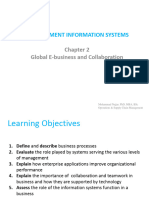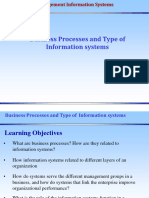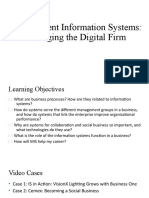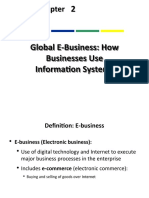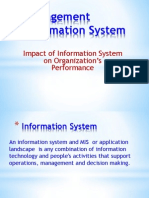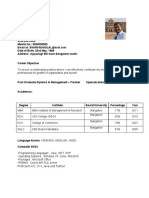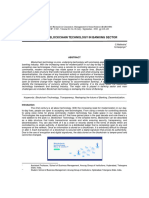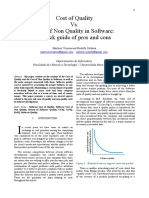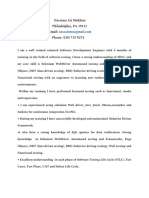0% found this document useful (0 votes)
20 views22 pagesInformation System Lecture3
The document outlines the foundations of information systems, focusing on business processes and their importance in organizational efficiency. It discusses various types of information systems, including Transaction Processing Systems, Management Information Systems, Decision Support Systems, and Executive Support Systems, and their roles in supporting different management levels. The learning objectives emphasize defining business processes and evaluating the impact of these systems on management decision-making.
Uploaded by
pcmy32006Copyright
© © All Rights Reserved
We take content rights seriously. If you suspect this is your content, claim it here.
Available Formats
Download as PDF, TXT or read online on Scribd
0% found this document useful (0 votes)
20 views22 pagesInformation System Lecture3
The document outlines the foundations of information systems, focusing on business processes and their importance in organizational efficiency. It discusses various types of information systems, including Transaction Processing Systems, Management Information Systems, Decision Support Systems, and Executive Support Systems, and their roles in supporting different management levels. The learning objectives emphasize defining business processes and evaluating the impact of these systems on management decision-making.
Uploaded by
pcmy32006Copyright
© © All Rights Reserved
We take content rights seriously. If you suspect this is your content, claim it here.
Available Formats
Download as PDF, TXT or read online on Scribd
/ 22
